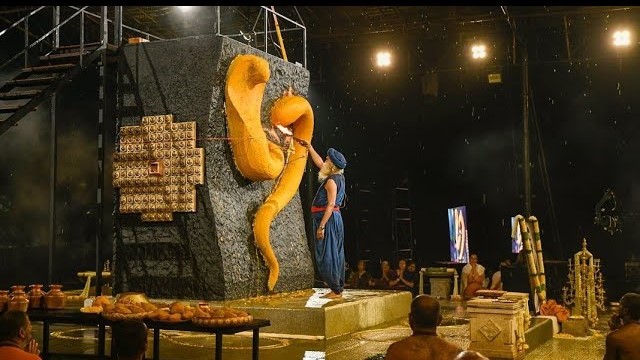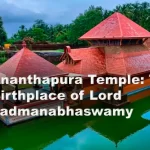Naga Temples of Karnataka
Naga Temples Worship Culture of Karnataka, Last month on October 17th Sadhguru Jaggi Vasudev’s ashram known as the Sadhguru Sannidhi.
In Bangalore celebrated the second consecration anniversary of its kshetrapal god, Naga. It was Sharad Pournima, and devotees had the chance to register and apply freshly made butter to the Naga statue. Pure vibes and devotion all around!
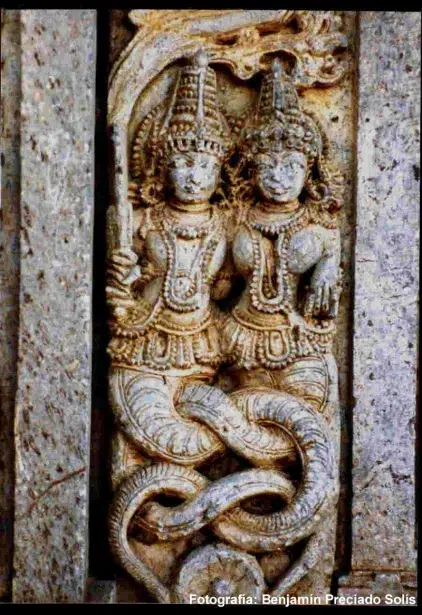
This ain’t your usual temple, it’s got some seriously unique vibes, especially with the epic design of the central Naga statue.
The larger-than-life Naga is carved out of a cubical stone, flanked by two yantras, each rocking 112 serpents. Here’s where devotees do the sacred Sarpa Seva ritual to sort out naga dosha and kula dosha. Plus, it’s said to bring all kinds of good stuff like good health and family harmony.
On the fourth side of the cube, there’s a yantra showing the Anantha serpent with its tail curled into an infinity or ouroboros shape. Even the base of the shrine has metal infinity symbols engraved with mantras. Totally divine and next-level artistic!
ALSO READ: Uma Maheshwara: Eternal Love Captured in Stone
Sadhguru Says – Naga Temples
““In yoga, the word Naga and the word Kala are used synonymously. Both mean the same thing in a way. The cobra or the snake represents the aspect of Time. You have heard of a certain snake called Anantha. Anantha means eternal. There is one snake which represents eternity. This is why the Kala Sarpa (Anantha) is in the form of an infinity symbol representing eternal.” ~Sadhguru (Source)
Two years ago, the powerful Naga god was consecrated, and now this ashram has become one of Bangalore’s top weekend hotspots. The big crowd-puller? The 112-foot Adiyogi statue, which was unveiled just a few months after the Naga dedication.
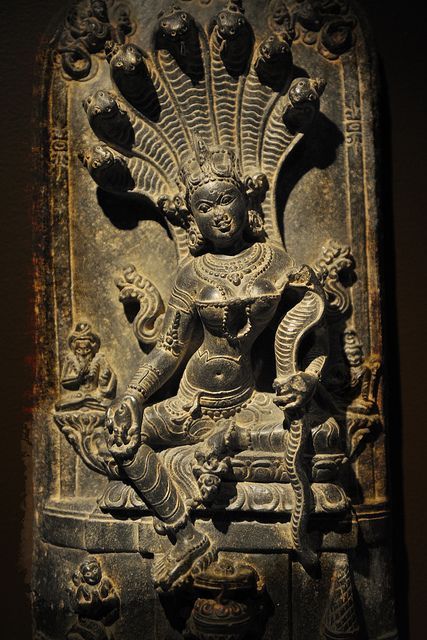
This place already had a rich tradition of Naga worship.
But with Sadhguru Sannidhi now pulling in lakhs of visitors every month. I’d say Sadhguru’s Naga consecration has given a solid boost to the region’s deep-rooted Naga worship culture. Full-on spiritual vibes and desi heritage coming together!
Naga Temples of Karnataka
When it comes to Naga temples in Karnataka, the first name that pops up is Kukke Subramanya. Sitting pretty at the base of Kumara Parvata, this temple is super famous for Naga rituals like Nagaradhne, Ashleshbali, Kaal Sarpa Dosha, and more. People believe that Vasuki, the king of snakes, hangs out at this kshetra with the main deity, Subramanya (aka Kartikeya), to bless devotees and fulfill their wishes. Pure divine energy in the air!
Kukke Subramanya might be the superstar of Naga temples.
But there are two other temples linked to it that are just as powerful. One of them is the Ghati Subramanya Temple, just about an hour away from Sadhguru Sannidhi in Bangalore. This place is also famous for Naga rituals like kuja dosha and sarpa dosha remedies.
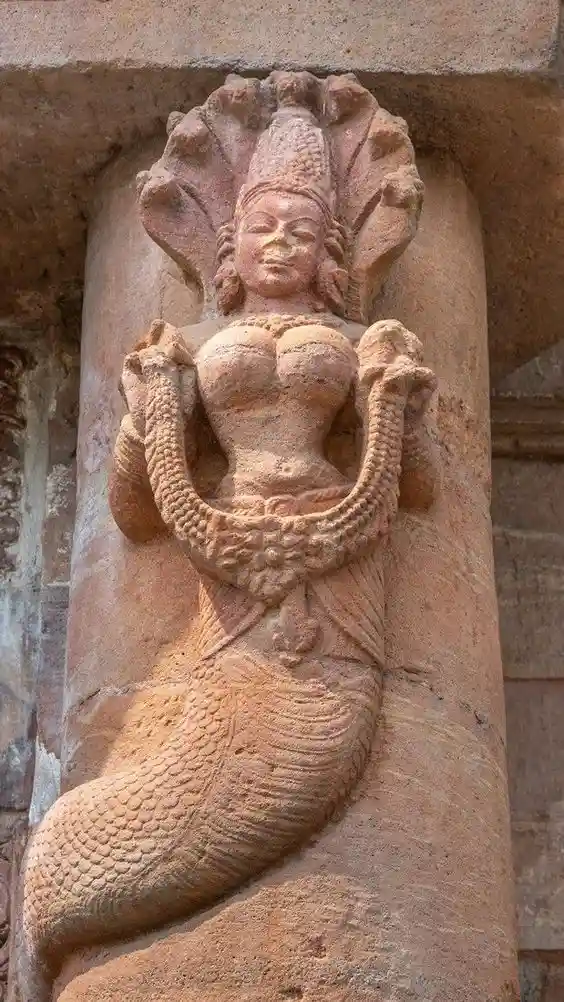
Exploring the Divine Trinity
You’ll see all kinds of devotees here—those praying for health, family happiness, and relief from naga dosha. Plus, it’s a big deal for childless couples who visit these temples with hopes of being blessed with kids. Full-on faith and blessings vibe!
What’s super interesting is that at Ghati Subramanya, the main deity Subramanya is seen alongside Narasimha. Kinda mind-blowing, right? Not just because these two gods belong to different vibes Subramanya being Shiva’s son and Narasimha being Vishnu’s avatar, but it makes you wonder if this place represents two different communities coming together. So much to dig into here!
The third spot in this Naga-worship trinity is the Nagalamadike Temple near Pavagada. Sitting by the banks of the Pinakini River, this setup may be smaller compared to the other two, but it still packs a punch. Rituals like Ashleshbali pooja, navagraha pooja, ashtottara, and more take place here, keeping the spiritual energy buzzing.
Connecting the Spiritual Triangle
These three temples form a cool triangle across Karnataka! Kukke Subramanya sits in coastal Karnataka (aka Tulunadu), where Naga worship is still super deep-rooted. Here, every house has its own family Naga devta, every temple’s got a Naga shrine, and almost everyone takes part in Naga rituals like Nagamandala, Ashleshbali Pooja, and more—it’s a full-on vibe.
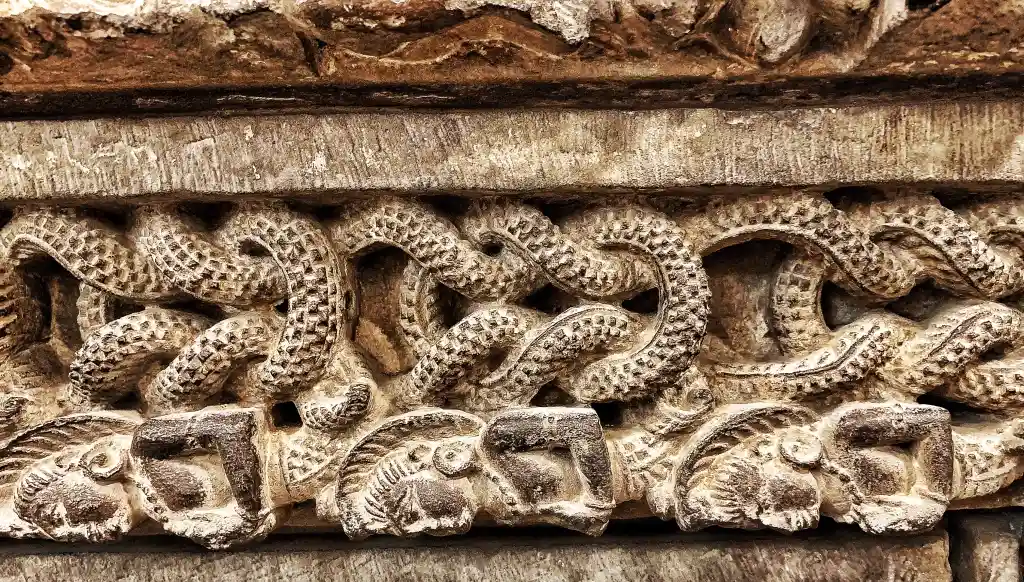
The other two spots in the triangle are Ghati Subramanya in southeast Karnataka and Nagalamadike in the central-east. With these temples spread out, it’s super convenient for devotees from all over to hit up their nearest temple for those devotional rituals. And here’s the fun fact—Subramanya, aka the OG Lord of Serpents, is the main god in all three temples.
A Sacred Naga Spot by the Pinakini River with Divine Banyan Tree Blessings
Vidurashwatha is another awesome spot for Naga worship not too far from Sadhguru Sannidhi in Bangalore what’s cool is that it’s also on the banks of the Pinakini River just like Nagalamadike Temple but a few hundred kilometers further downstream.
This place has a super old banyan tree surrounded by thousands of Naga idols, making it feel straight out of a dream. According to legend, Vidura from the Mahabharata planted this banyan tree. People consider it sacred and worship it along with Brahma, Vishnu, and Shiva. There’s a small temple here now with shrines for the trio. As part of the Nagaprathisthe ritual, devotees can add their own snake shrines around the tree. Total divine vibes!
Village Culture of Naga Worship
Nagaprathisthe idols placed under banyan trees with seating parapets are a super common sight in the villages around Sadhguru Sannidhi. Here are some photos of these cool Naga shrines from nearby areas.
In Naga traditions, anthills play a big role. Once the ants move out, these mounds of soft mud become snake homes, with tunnels for the Nagas to chill in. They are treated as sacred spots seen as the Nagas abode. But it’s not just about snakes—it’s also about worshipping Mother Earth. At Kukke Subramanya and maybe other Naga temples too, mud from these anthills is even offered as prasadam. Sacred and earthy, right?
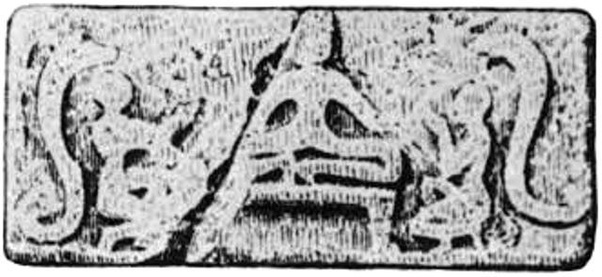
One of my Kanandiga buddies from Belgaum told me, “I’ve heard of the Kukke Subramanya temple. But we don’t usually go there we do our own Naga rituals at home we make a snake out of dough or clay then offer it stuff like milk and jaggery.”
So yeah, it seems that apart from temples, village ceremonies are also a big deal when it comes to Naga worship. I’m super glad I got to experience and vibe with the whole Naga energy through the temple at Sadhguru’s Ashram.
Sadhguru puts it perfectly: “Naga isn’t just a form, it’s a sacred connection with the deeper layers of Creation, a way to tap into and explore the Mysteries of Existence.”
